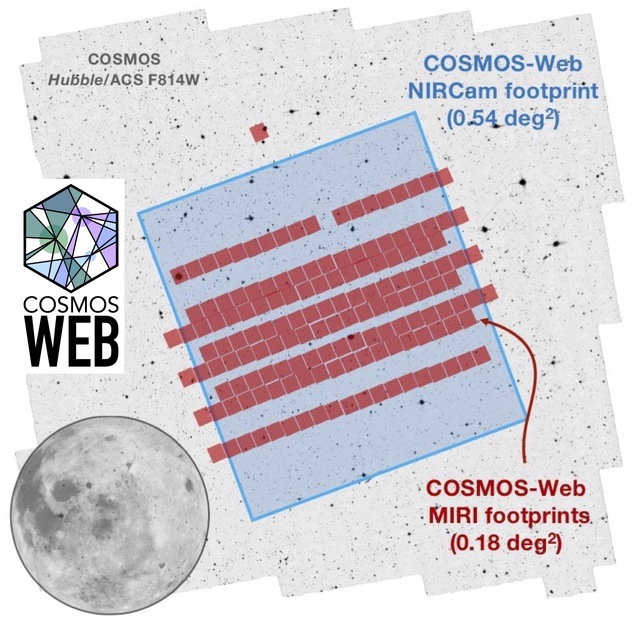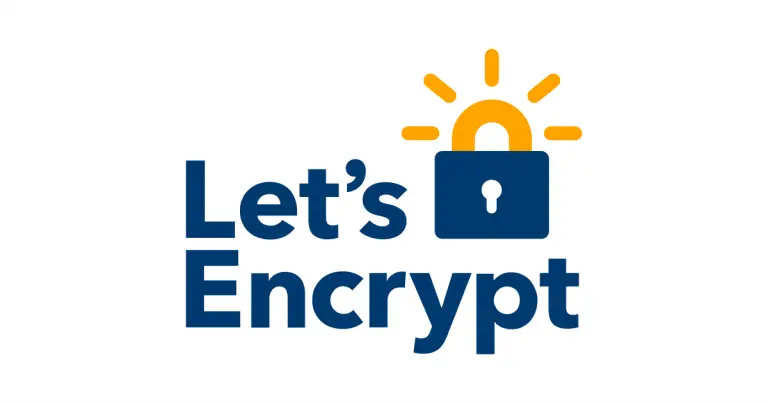
The COSMOS project, supported by the National Aeronautics and Space Administration (NASA), has released 1.5TB of survey data from the James Webb Space Telescope (JWST) to the public. This treasure trove of data is now available online for scientists and astronomy enthusiasts to explore, index, and analyze at will.
COSMOS is a wide-field JWST observation initiative spanning 255 hours, employing deep near-infrared imaging through four distinct filters to map a contiguous 0.6 square-degree field and a non-contiguous 0.2 square-degree region.
This public release builds upon COSMOS’s rich legacy of multi-wavelength observations and data products, encompassing approximately one million galaxies across cosmic time. The project aims to chart the reionization epoch, trace the evolution of massive galaxies, and elucidate the relationship between dark matter and visible matter.
Mapping the Epoch of Reionization: COSMOS-Web will revolutionize our understanding of the spatial distribution, environments, and early drivers of reionization by detecting thousands of galaxies from the reionization era (redshift range: 6 < z < 11), whose vast scales mitigate cosmic variance.
Tracing the Evolution of Massive Galaxies: COSMOS-Web enables the identification and characterization of massive galaxies formed within the first two billion years of cosmic history, including the rarest quiescent galaxies at redshifts greater than 4. The data provide critical insights into the formation and evolution of these early cosmic giants.
Linking Dark Matter with Visible Matter: Understanding the connection between a galaxy’s dark matter halo and its baryonic content (visible matter) is pivotal in cosmology. It is theorized that halo mass growth proceeds independently of baryonic processes such as star formation and quenching.
Direct measurement of halo masses not only deepens our grasp of galactic astrophysics but also yields independent cosmological parameters. Weak gravitational lensing, the only tool capable of directly probing the mass of vast galactic halos on cosmic scales, will be harnessed by COSMOS-Web to perform such measurements.
Observational Campaign with the James Webb Space Telescope: The COSMOS-Web mosaic comprises 152 observations accumulated over 255 hours, executed in three distinct phases. The first phase includes six visits covering approximately 77 square arcminutes, observed using NIRCam from January 5 to 6, 2023.
Project overview: https://cosmos.astro.caltech.edu/page/cosmosweb
Download and explore the cosmic maps: https://cosmos2025.iap.fr/


